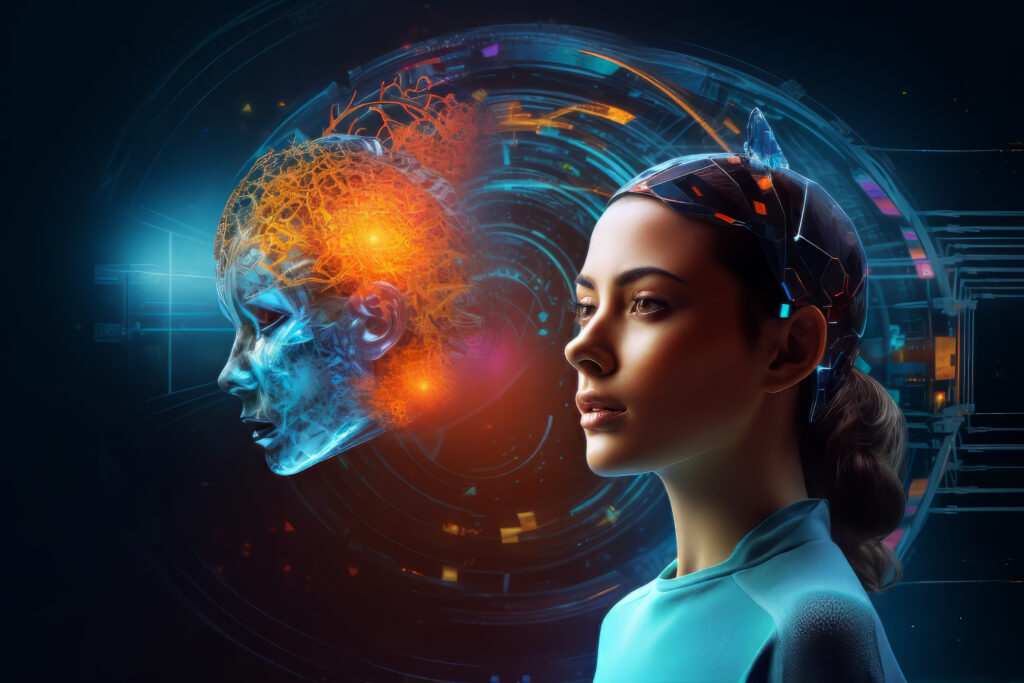Introduction
With advancing artificial intelligence, we are entering the new frontier: the era of Agentic AI. Different from earlier AI models that wait for instructions from humans, Agentic AI is a term used to describe systems that are capable of thinking, planning, and acting on their own—just like having a human assistant but quicker, scalable, and more efficient.
Legacy AI and early Generative AI were full of promise: they had the potential to solve enterprise challenges. However, they could not deliver fully autonomous solutions that could perform end-to-end processes and drive tangible business results. These old, rule-based approaches were able to perform straight-forward, repetitive tasks effectively—but because of their rigid framework, they were incapable of learning, adapting, and making choices. Consequently, they were unable to accommodate the dynamic needs of contemporary enterprises.
These AI agents aren’t just following scripts—they can manage projects, schedule appointments, solve problems, and even collaborate with other agents to complete complex goals. In 2025, this isn’t science fiction. It’s already happening.
What is Agentic AI?
Agentic AI is a type of artificial intelligence that functions as an autonomous software agent. That means it has the ability to:
- Understand goals or tasks
- Make decisions without direct instructions
- Access tools like the internet, APIs, or applications
- Learn from outcomes and adapt its behavior
The future of AI is agentic AI — smart systems that apply deep reasoning and iterative planning to solve intricate, multi-step problems independently. These agents increase productivity and optimize processes across sectors
Picture an AI customer service agent, not only answering queries but more so: it can retrieve your outstanding balance automatically, identify the most efficient accounts to repay with, wait for your approval, and then complete the transaction upon a nod.
In short, an agentic AI can plan, execute, and iterate—similar to how a human project manager or executive assistant might operate.

Real-Life Examples of Agentic AI
1. Open AI’s Operator
This tool allows users to delegate everyday online tasks like filling out forms, ordering items, or booking appointments—without manual input. Operator uses browser automation to interact with websites just like a human would.
2. Manus by Monica
Developed in Singapore, Manus is an AI agent that helps users with coding, research, and time management. It learns user preferences and becomes smarter over time, making it a digital productivity partner.
3. Krutrim’s Kruti
Ola’s AI subsidiary, Krutrim, transformed its basic chatbot “Kruti” into a fully functional AI agent that now handles complex conversations and actions with minimal input.
4. Microsoft Copilot Agents
Microsoft integrated Agentic AI into its ecosystem, including GitHub Copilot and Office tools. These agents don’t just assist; they do the work, whether it’s debugging code or drafting emails.
How Agentic AI Works
Agentic systems combine several AI components:
- Large Language Models (LLMs): For understanding and generating language
- Planning Algorithms: For breaking tasks into steps
- Memory & Context Awareness: To remember past tasks or user preferences
- Tool Use: Access APIs, data, and applications to take action
They’re often deployed with RAG (Retrieval-Augmented Generation) to retrieve real-time information and improve decision-making.

What Makes Powerful Agentic AI?
More Autonomy
Agentic AI introduces a considerable increase in autonomy over previous generative models, which can only be based on training data. These systems are able to work with little human intervention, reaching long-term objectives, conducting complicated workflows, and checking their own performance.
Proactive Intelligence
In contrast to the passive responding of classical models, agentic AI marries the dynamic, context-sensitive character of LLMs with the disciplined and reliable reasoning of classical software. This synthesis allows agents to act with intent, just as people reason with intelligence and act upon their decisions.
Tool and Data Integration
Whereas typical LLMs can read and write text, they are unable to interact with external tools independently. Agentic systems, on the other hand, are able to communicate with APIs, read live databases, and surf the net to obtain real-time data. They leverage this ability to act based on real-time, pertinent information.
Task Specialization
Agentic AI may be customized for particular purposes. Certain agents are engineered for straightforward, repetitive tasks, whereas others employ memory and perception to solve more complex ones. Architectures differ as well: hierarchical systems may have a centralized decision-maker directing others, whereas decentralized arrangements allow agents to work together more symmetrically—though each comes with trade-offs in speed and control.
Adaptive Learning
These systems improve by experience. They can learn from feedback, condition their behavior and, with adequate safety controls, become more proficient. Multi-agent systems, specifically, hold the prospect to scale up and address broad-based challenges.
Natural Interaction
Since they are based on language models, agentic AIs can be guided using natural conversation or text commands. This allows them to be interacted with much more intuitively—possibly even supplanting software interfaces with a kind of chat. Rather than using menus and settings, users can simply ask for what they require. This simplicity could significantly cut down on the time and effort involved in learning new tools.

Challenges and Concerns
With great power comes great responsibility. Agentic AI also raises important questions:
- Security: Can we trust agents with sensitive data?
- Accountability: Who is responsible if the AI makes a mistake?
- Bias & Ethics: How can we ensure fair and unbiased outcomes?
To tackle these concerns, companies are building protocols like the Model Context Protocol (MCP) that provide guardrails for how agents interact with systems and tools.
Where It’s Being Used
Industries already adopting agentic AI include:
- Healthcare: Automating patient triage and medical documentation
- Finance: Detecting fraud, managing portfolios
- E-commerce: Managing customer support and order fulfillment
- Logistics: Optimizing delivery routes and inventory
The Future of Agentic AI
In the next 2–5 years, we’ll likely see:
- Personal AI agents for everyone (like digital life managers)
- Agent marketplaces where agents “hire” other agents
- Autonomous systems in education, law, and public services
Companies like OpenAI, Microsoft, Amazon, and hundreds of startups are investing heavily in building these systems today.
Final Thoughts
Agentic AI is more than a buzzword—it’s a glimpse into how we’ll work, communicate, and solve problems in the future. Whether you’re a business leader, developer, or curious reader, keeping an eye on this technology is no longer optional



